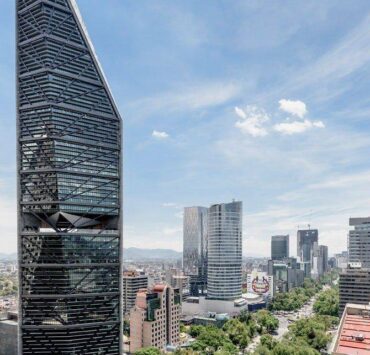Designing for earthquakes starts before the ground shakes
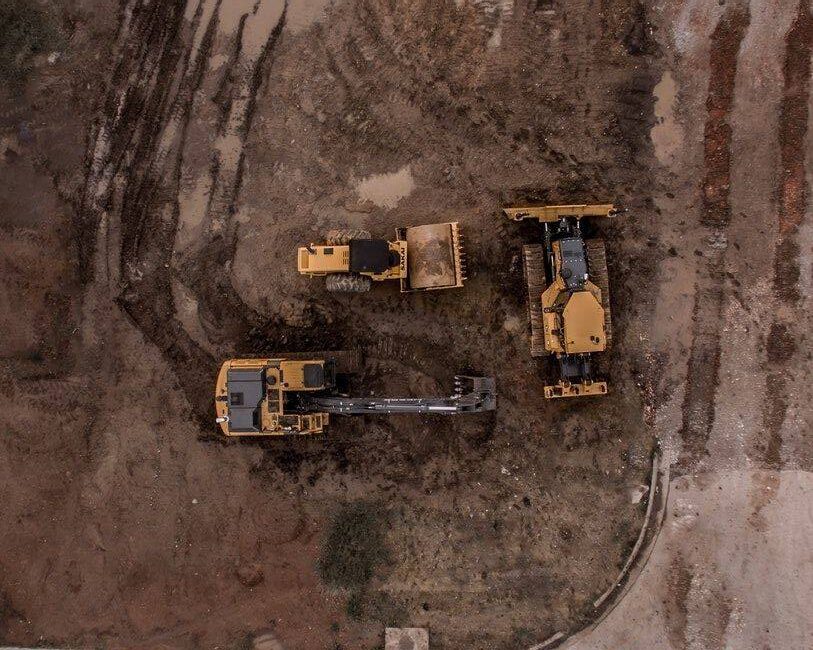
The Philippines has many natural hazards—earthquakes, landslides, volcanic eruptions, tsunamis, tropical cyclones, floods, storm surges, wildfires, and extreme climate events. These are not distant threats but everyday realities that shape how we live.
Earthquakes strike without warning, lasting only seconds, yet leave lasting damage. This is where resilient design matters most.
As defined by the International Finance Corp., a resilient building can resist natural and climate hazards and continue to function even after a disaster. It’s a simple but powerful reminder: safety isn’t a matter of luck. It must be built into every decision from the onset.
Start with the site
Earthquake resilience starts not with walls and columns, but with the site of the building.
Sites on stable ground offer better protection, while soft or liquefiable soil sites amplify shaking and risk. The ground must be prepared and compacted when building on slopes to reduce instability. Hazard assessments and soil strength testing are crucial early steps that many still overlook.
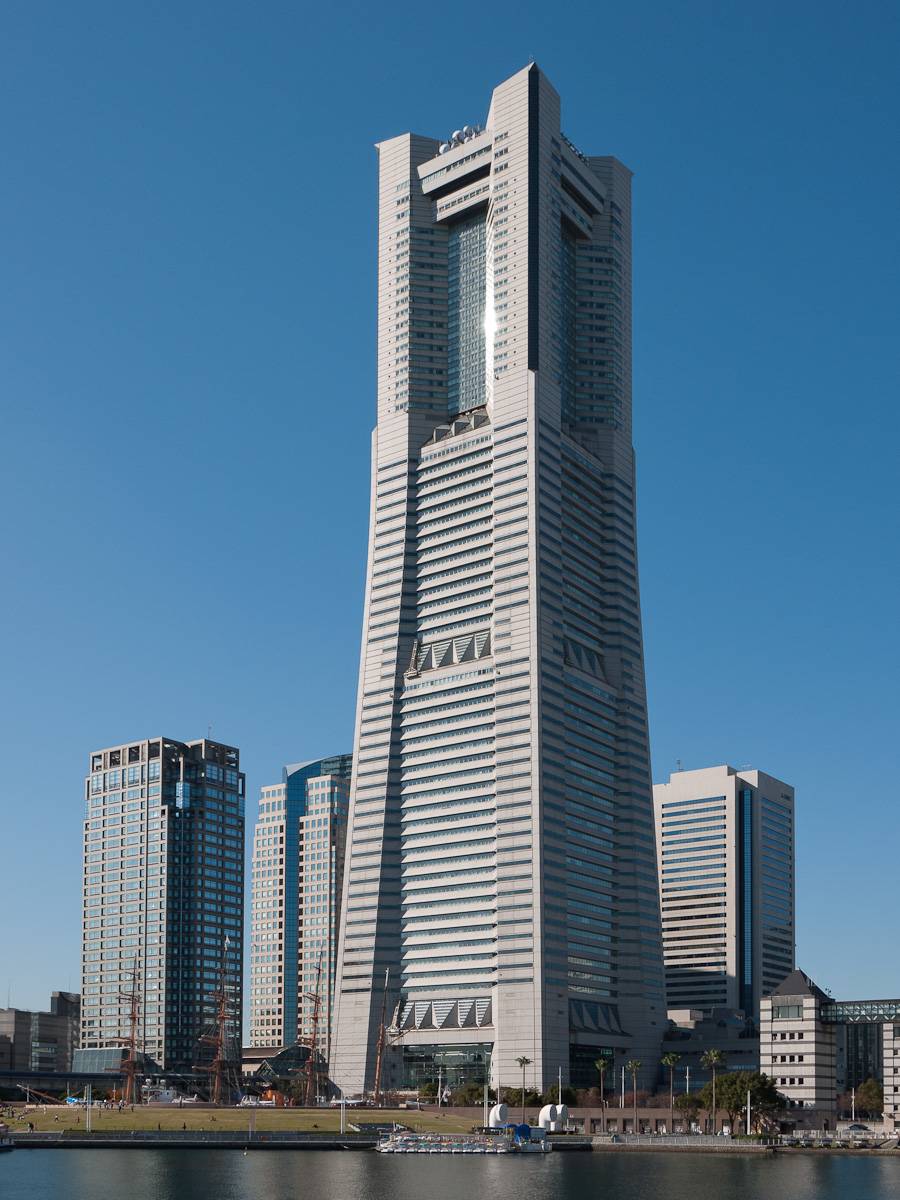
Shape and height matter
Building reactions to seismic forces are also influenced by its overall shape and height.
Taller or uneven buildings are more vulnerable if not properly designed. Structures with varying heights should be separated so they don’t collide during an earthquake. Simple, balanced forms distribute forces more evenly and reduce weak spots. In design, clarity of form often equals strength.
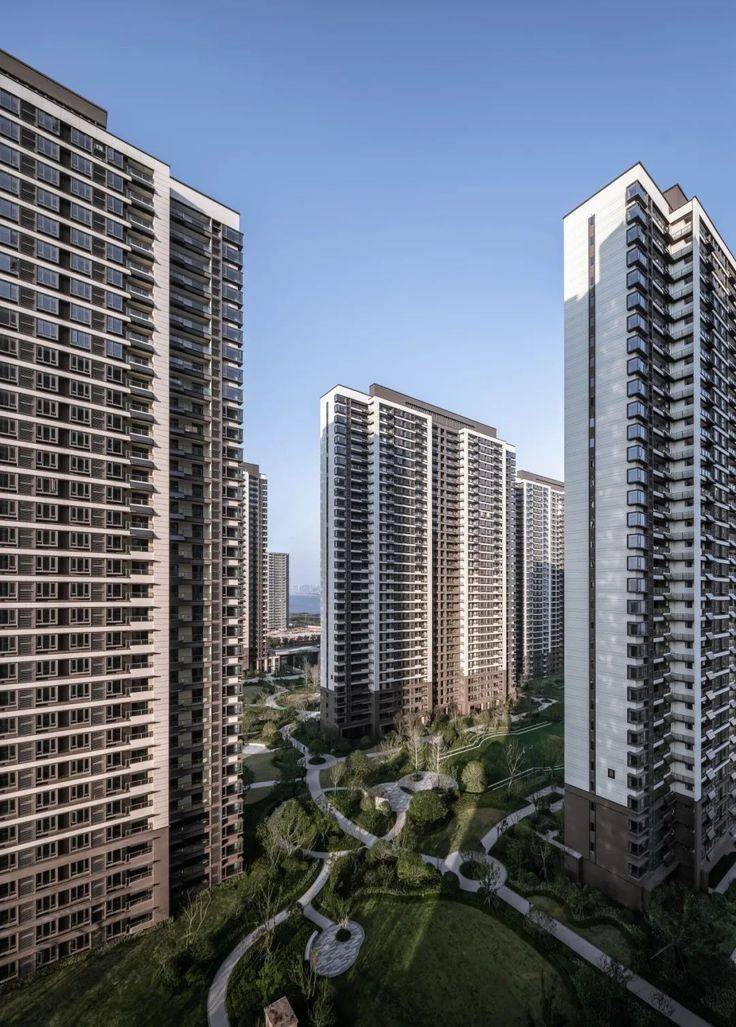
Layout can save lives
Good design doesn’t just keep structures standing—it also helps keep people safe.
Proper setbacks and spacing between buildings allow them to move without striking each other. Large atriums and inner courtyards may look dramatic, but they can interrupt how forces pass through the structure.
Clear evacuation routes and open, hazard-free areas make all the difference when every second counts.
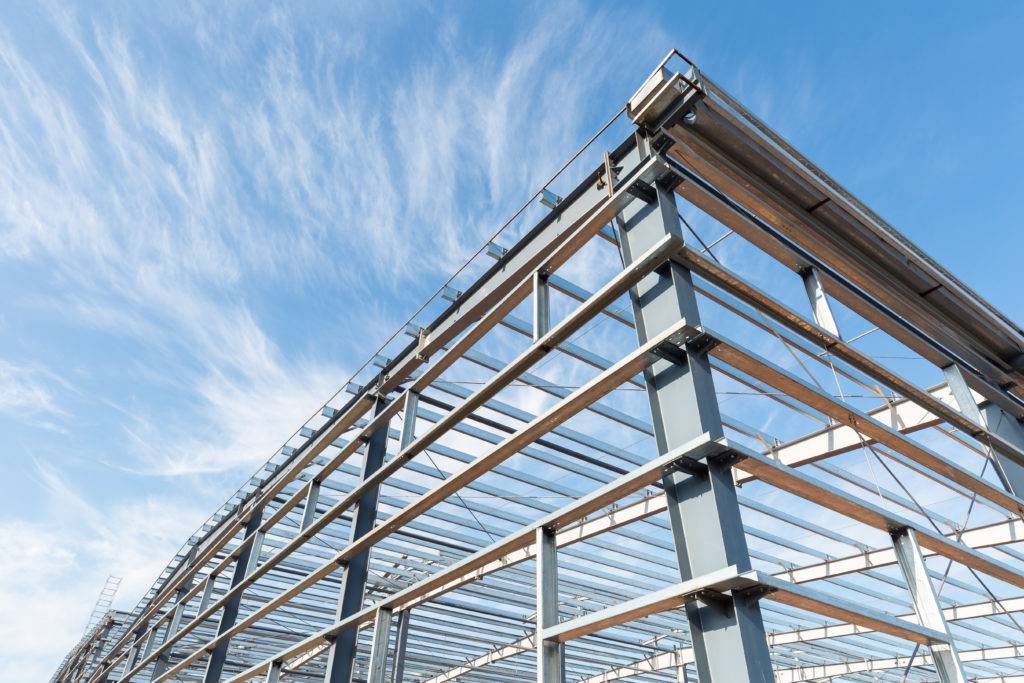
What holds the building together
When shaking begins, the strength of a structure depends on how well its parts work together.
Strong connections between floors, walls, beams, and roofs allow the building to move as a single unit rather than breaking apart. Good framing isn’t visible, but it’s one of the most essential elements of earthquake-resistant design.
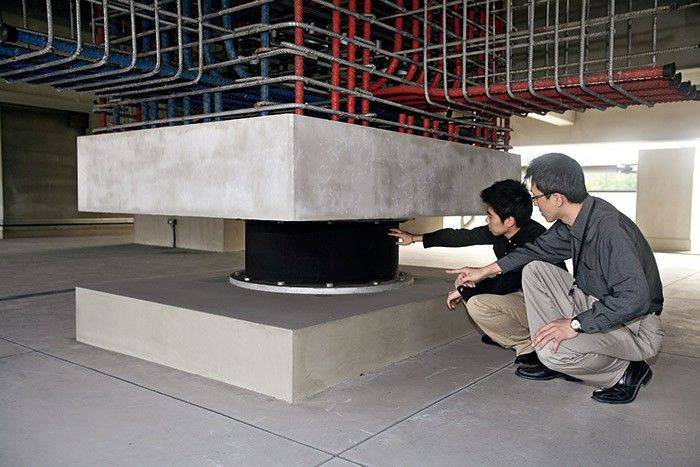
Smarter materials and innovation
The materials we use shape how buildings perform under stress. Flexible, reinforced systems can absorb movement and prevent failure.
Innovative technologies like base isolation and damping devices can provide extra protection for larger or critical facilities. However, these only work when properly planned and applied by trained professionals.
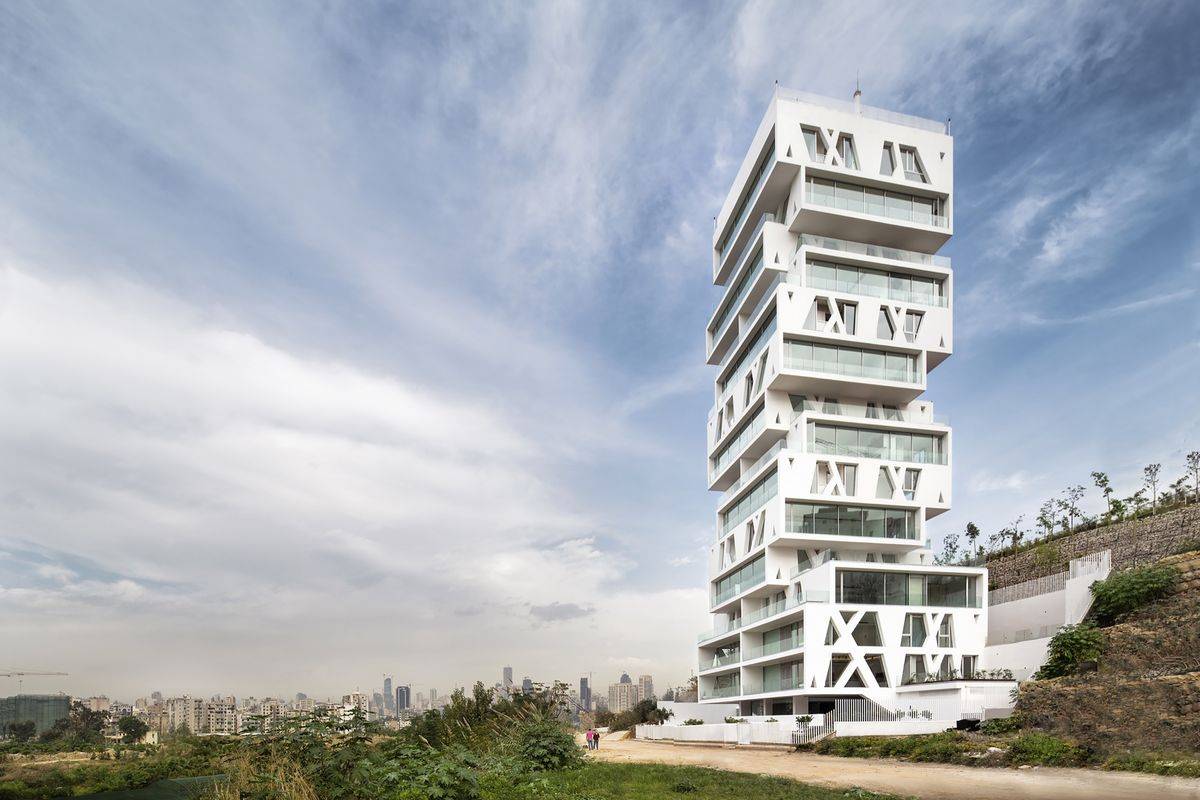
Building with purpose
Designing for earthquakes isn’t the job of one discipline. It’s a shared responsibility—architects, engineers, planners, builders, and communities must work together. Every choice, from site selection to window placement, adds to a stronger, safer structure.
Earthquakes will keep coming. What matters is how ready we are. By embedding resilience into design, we can protect lives, limit damage, and help communities recover faster.
Resilience doesn’t start after a disaster. It begins long before the first tremor.
The author is a LEED fellow, UAP Notable Architect Awardee, and educator, with more than 25 years of experience in architectural and interior design, corporate real estate, construction, property, and facilities management















